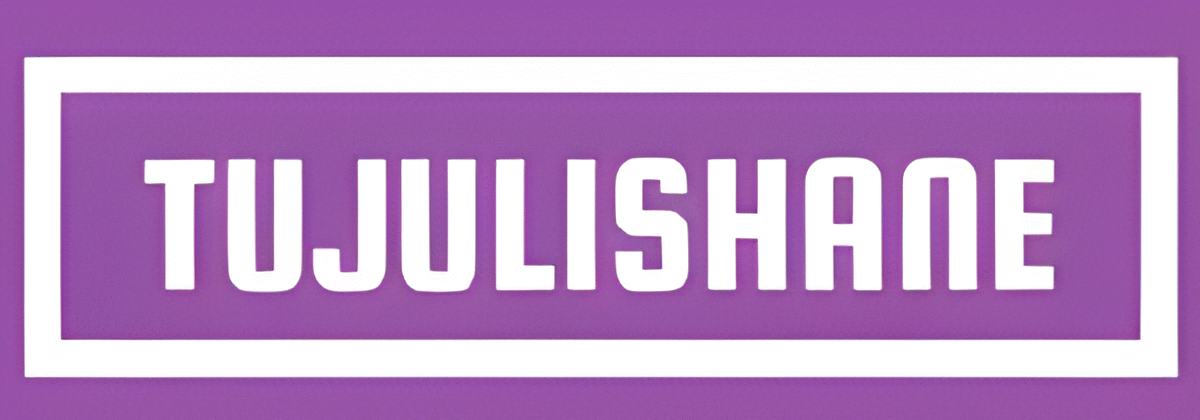Techniques For Enhancing Creativity And Innovative Thinking
Are you ready to unlock your inner creativity and enhance your innovative thinking? Look no further! In this article, we will explore a variety of techniques that can help you tap into your creative potential and generate innovative ideas. From brainstorming and lateral thinking to embracing curiosity and stepping out of your comfort zone, these strategies will empower you to think outside the box and approach challenges with a fresh perspective. Get ready to ignite your imagination and unleash your creativity like never before!

Mind Mapping
Definition of mind mapping
Mind mapping is a powerful technique that helps you visually organize and connect ideas and information. It involves creating a visual representation of your thoughts, allowing you to explore and map out concepts, brainstorm ideas, solve problems, and make connections. A mind map typically starts with a central idea or topic and branches out into related subtopics and concepts. It is a creative and flexible tool that stimulates both the logical and creative sides of your brain.
Benefits of mind mapping
Mind mapping offers numerous benefits that can enhance your creativity and innovative thinking. Firstly, it encourages a holistic and non-linear approach to thinking, allowing you to see the bigger picture and identify connections that may not be immediately obvious. It also helps improve memory retention and recall, as the visual and spatial nature of mind maps engages multiple senses. Moreover, mind maps promote free thinking and idea generation, enabling you to explore and develop new concepts and solutions. They facilitate collaboration and communication, allowing for easy sharing and understanding of complex information. Overall, mind mapping is a versatile tool that can boost your productivity, organization, and creative problem-solving skills.
How to create a mind map
Creating a mind map is a straightforward process that anyone can learn. To start, you’ll need a blank piece of paper or a digital mind mapping tool. Begin by placing your central idea or topic in the center of the page and draw a circle, box, or any other shape around it. From there, you can branch out into related subtopics or concepts by drawing lines or branches radiating from the central idea. Each branch can represent a different category or aspect of the topic, and you can further expand on each subtopic by adding more branches and nodes. To make your mind map visually appealing and easy to understand, use colors, symbols, images, and keywords. Remember to keep it flexible and dynamic, allowing your thoughts to flow and connections to emerge naturally.
Tips for effective mind mapping
To make the most out of mind mapping, here are some tips to consider:
- Start with a clear and focused central idea: Having a well-defined central idea helps structure your mind map and keeps it coherent.
- Use keywords and brief phrases: Keep your mind map concise by using keywords and brief phrases instead of long sentences.
- Use colors and visual elements: Colors and visual elements help differentiate and emphasize different branches and subtopics.
- Experiment with different structures: Don’t be afraid to experiment with different structures, such as radial, hierarchical, or tree-like formats, to find what works best for your thoughts.
- Add images and symbols: Incorporating images and symbols can make your mind map more engaging and memorable.
- Review and revise regularly: As your understanding and ideas evolve, review and revise your mind map to reflect the changes.
- Practice regularly: Like any skill, mind mapping improves with practice. Set aside time to regularly create mind maps to strengthen your creative thinking abilities.
Brainstorming
Overview of brainstorming
Brainstorming is a popular technique used to generate creative ideas and solutions through group collaboration. It involves gathering a diverse group of individuals with varying perspectives and backgrounds to engage in a free-flowing and non-judgmental idea generation session. The goal is to encourage participants to think outside the box, explore new possibilities, and generate a large quantity of ideas.
Types of brainstorming techniques
There are several types of brainstorming techniques, each with its own unique approach and benefits. Some commonly used techniques include:
- Traditional brainstorming: In this technique, participants generate ideas individually, followed by sharing and discussing them as a group.
- Brainwriting: Instead of verbalizing ideas, participants write them down on sticky notes or cards and then exchange, combine, and develop them further.
- Round-robin brainstorming: Participants take turns sharing ideas in a structured manner, allowing everyone to contribute without interruptions.
- Reverse brainstorming: This technique involves identifying and exploring the potential causes or factors that could create the opposite of the desired outcome, leading to innovative solutions.
- Mind mapping brainstorming: Mind maps are used as a visual tool to stimulate idea generation and encourage associations and connections between different concepts.
- Online brainstorming: Virtual platforms and tools are used to facilitate remote collaboration, allowing participants from different locations to contribute their ideas.
Steps to conduct a brainstorming session
For a successful brainstorming session, it is essential to follow a structured approach. Here are the steps to conduct a productive brainstorming session:
- Define the goal or problem statement: Clearly articulate the objective of the session and ensure that all participants have a shared understanding.
- Select a diverse group of participants: Bring together individuals with different backgrounds, expertise, and perspectives to foster a range of ideas.
- Set the ground rules: Establish an atmosphere of open-mindedness, respect, and non-judgment to encourage the free flow of ideas.
- Generate ideas individually: Provide participants with time to individually brainstorm and jot down their ideas without any discussion or evaluation.
- Share ideas as a group: Allow each participant to share their ideas one by one, without interruptions or criticism. Encourage everyone to build upon and expand on others’ ideas.
- Encourage wild ideas: Prompt participants to think outside the box and generate unconventional ideas without self-censorship.
- Group and categorize ideas: Once all ideas are shared, group similar ideas together and identify themes or patterns that emerge.
- Evaluate and prioritize ideas: Review and evaluate the generated ideas based on feasibility, impact, and alignment with the goal. Prioritize the most promising ideas for further development.
- Take action: Define the next steps and assign responsibilities for implementing and testing the selected ideas.
How to encourage active participation
Active participation is crucial for a successful brainstorming session. Here are some techniques to encourage active participation:
- Set a positive tone: Create an inclusive and non-judgmental atmosphere that encourages everyone to freely express their ideas.
- Provide anonymity: Consider using anonymous idea generation techniques, such as brainwriting or online platforms, to eliminate biases and encourage uninhibited contributions.
- Use icebreaker activities: Begin the session with icebreaker activities to set a relaxed and comfortable environment and to help participants get to know each other.
- Limit distractions: Minimize distractions during the session, such as electronic devices or interruptions, to ensure full engagement.
- Emphasize equal participation: Encourage quieter participants to share their ideas and ensure everyone has an equal opportunity to contribute.
- Incorporate visual aids: Use visual aids like sticky notes, whiteboards, or digital tools to make ideas more tangible and visually stimulating.
- Foster a culture of constructive feedback: Encourage participants to provide constructive feedback and build upon each other’s ideas, promoting collaboration and iteration.
- Set time limits: Establish time limits for idea generation, sharing, and discussion to ensure a focused and efficient session.
- Celebrate contributions: Recognize and acknowledge participants’ contributions throughout the session to reinforce active participation and engagement.
By implementing these techniques, you can harness the collective creativity and insights of your team or group, leading to innovative and effective solutions.








